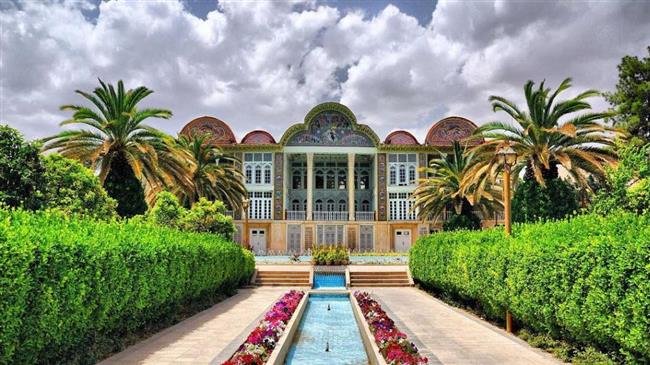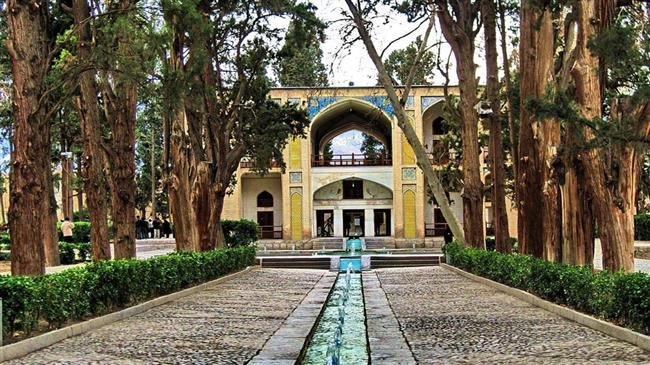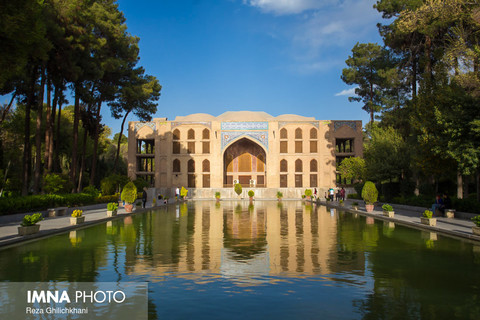Isfahan (IMNA) - Ancient Iranians, who regarded planting trees as a sacred activity, gradually blended their expertise in agriculture and architecture into the design of gardens as part of their constant efforts to find more efficient ways to survive extreme climatic conditions. There are four main elements to the intricate geometric design of Iranian gardens: High walls surrounding the garden to create a protected space for spiritual and leisurely relaxation; a koushk (palace) on the highest point in the middle of the garden; a water pool decorated with tileworks and fountains; one or several water canals for irrigation of the entire green space.
Iranian gardens often integrate the indoor area of the koushk with its surrounding garden through an inner courtyard, with architectural elements such as vaulted arches connecting the two spaces. Iranian gardens were basically built in front of the water flow coming out of qanats, underground tunnels for transferring of water. The water then circulates in the garden through streams and the pool. Tall trees such as cedar, pine and plane surround the pool and streams, creating an extensive shadow which prevents water evaporation and cools down the area. Flowers with strong scent are also planted in the area to produce pleasant smell in the environment. The pool is normally located in front of the Koushk, functioning as a large mirror which reflects a full image of the mansion. lets see some of these beautiful gardens.




Source: Presstv


Your Comment